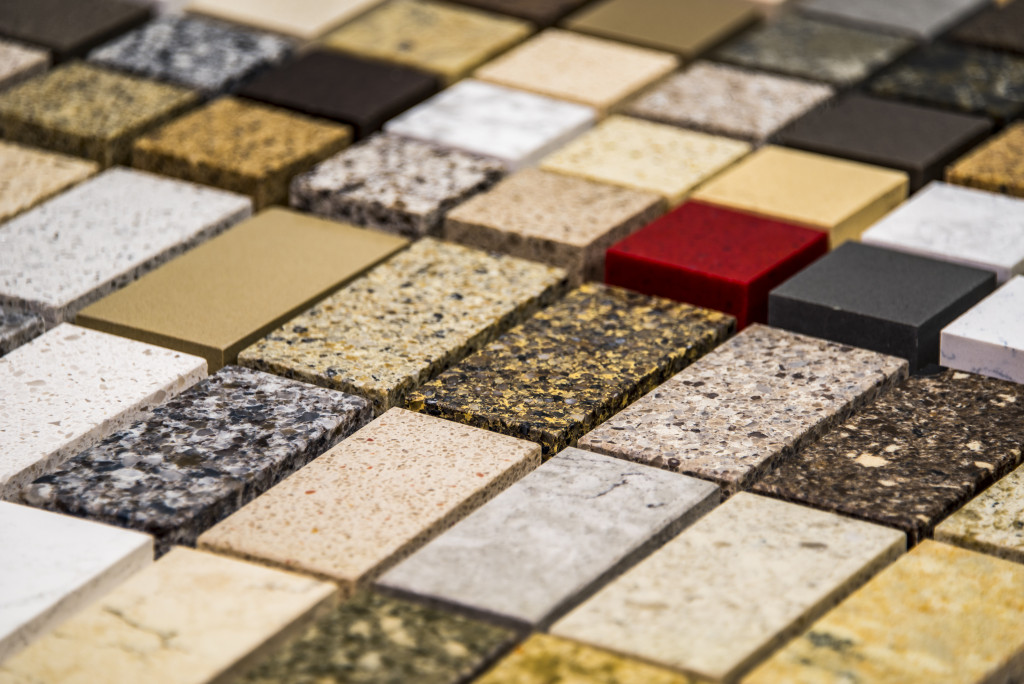Do you want to redecorate your home or office but don’t know where to start? People always want to live in a comfortable and elegant home, but the idea of going through the process of renovating may be very daunting, especially on the floor area. You feel confused about whether to go for Marble or tile for the floor.
When you move into every space, the expanse of the floor in front of you welcomes your progress. When you walk into a building or in a house, one of the first items that strike you is the floor. Providing you these short rundowns and comparisons of all surface materials to help you understand and make the best choice about your specific situation and needs. Here are a few factors of tiles and marbles.
Properties
Choosing between marble and tile floors is a matter of preference, taste, and personal style. Both are equally beautiful and will last a long time. However, when choosing a data center flooring system for a server room or a tech company, the requirements are entirely different. Tiles and marbles have a variety in style and unique characteristics.
Tiles are manufactured and constructed with flooring qualities. They are produced from porcelain, cement, or ceramic. Since they are non-porous, vitrified tiles do not trap water or other liquids. Which even works to make them stain-resistant.
On the other hand, Marble is a natural stone with porous properties, making it susceptible to the ingestion of water or other liquids that could result in stains. Acids and alkalis often damage marbles, while tiles are immune to these compounds. However, if frequently polished and well kept, Marble will add a glamorous look to your spaces. Marbles will keep the floors looking nice for a long time.
Classifications

Tiles are usually thin squares or rectangular shapes of ceramic bits. It is also less expensive and needs minimal maintenance than natural stone tiles like Marble. Tiles are also ideal for flooring and are often sold in various materials, including terra cotta, quarry tiles, ceramic, and even porcelain. These options are suitable for use as both floor and wall tiles.
White Marble comes in a wide range of shades and colors due to the geological processes that shaped the stone. Generally, the Marble’s texture ranges from uniform/uniform crystals to giant, less stable crystals.
Durability
Marbles are famed for their resilience. As a result, it is an excellent option for long-lasting flooring, especially for areas with heavy foot traffic. Marbles may last a long time if they are polished daily and washed properly, but they may become yellowish with age. Marbles are elegant, classy, and sturdy; that’s why architects prefer to use marble for built-in commercial and residential ventures.
Tiles can serve you well for the sake of their short existence, but once broken or destroyed, these must be replaced entirely. During the production phase, tiles are subjected to a stringent vitrification process, which provides them with the power to last for a long time. However, to prevent breakage, vitrified tiles are laid down with caution.
Cost

Tiles are manufactured and come with a variety of price levels and budgets. Tiles of different sizes are available at various cost levels, and installing this type of flooring is often inexpensive. Tiles may be purchased ready-made and assembled immediately, resulting in a low cost and installation period.
Marbles are more costly than tiles, and they are naturally occurring stones that are occasionally shipped from other nations. Until implementation, marbles must be cut to precise sizes and ground. Marble slab laying is a time-consuming and expensive operation that requires polishing and finishing after construction.
Eco-friendliness
Marble is eco-friendly since it is a natural material, which protects the earth in various ways. However, Marble cannot be considered biodegradable, but as a natural source, it can be processed and does not pollute the atmosphere at the end of its existence.
On the other hand, Tiles are far better than Marble as they are recyclable, non-toxic, and manufactured using safe processes that reduce environmental effects. Tiles, specifically ceramic tiles, are also eco-friendly from mining to construction.
When we have the floor revamp plan, we want every aspect and detail to be picture-perfect. Along with a beautiful appearance, we want a home that is both cozy and long-lasting. Any part of constructing a new home or building, from the roof to the smallest tile on the area, necessarily requires proper planning. It’s either tile or Marble, better to know what is best that suits your preferences.
